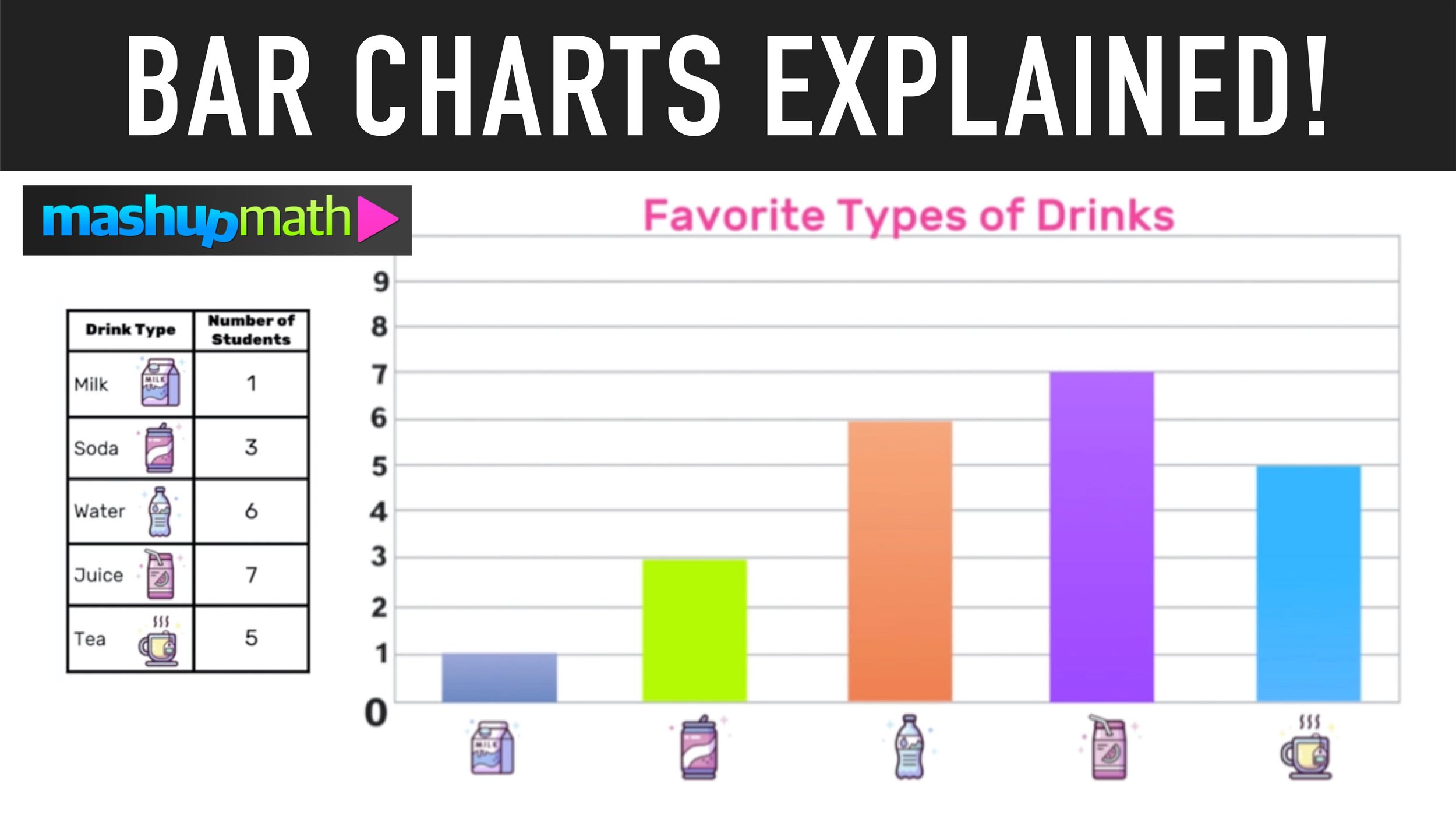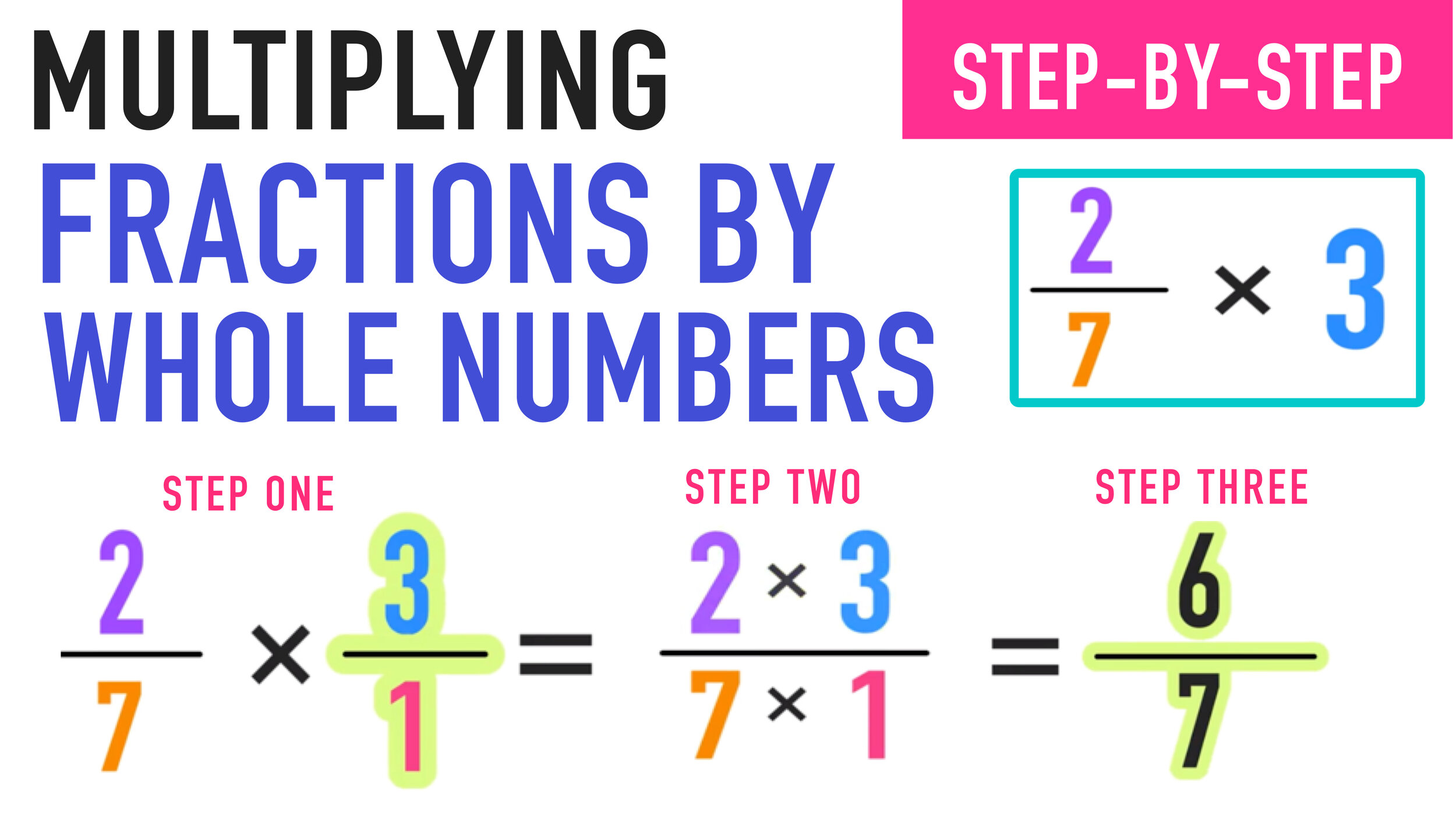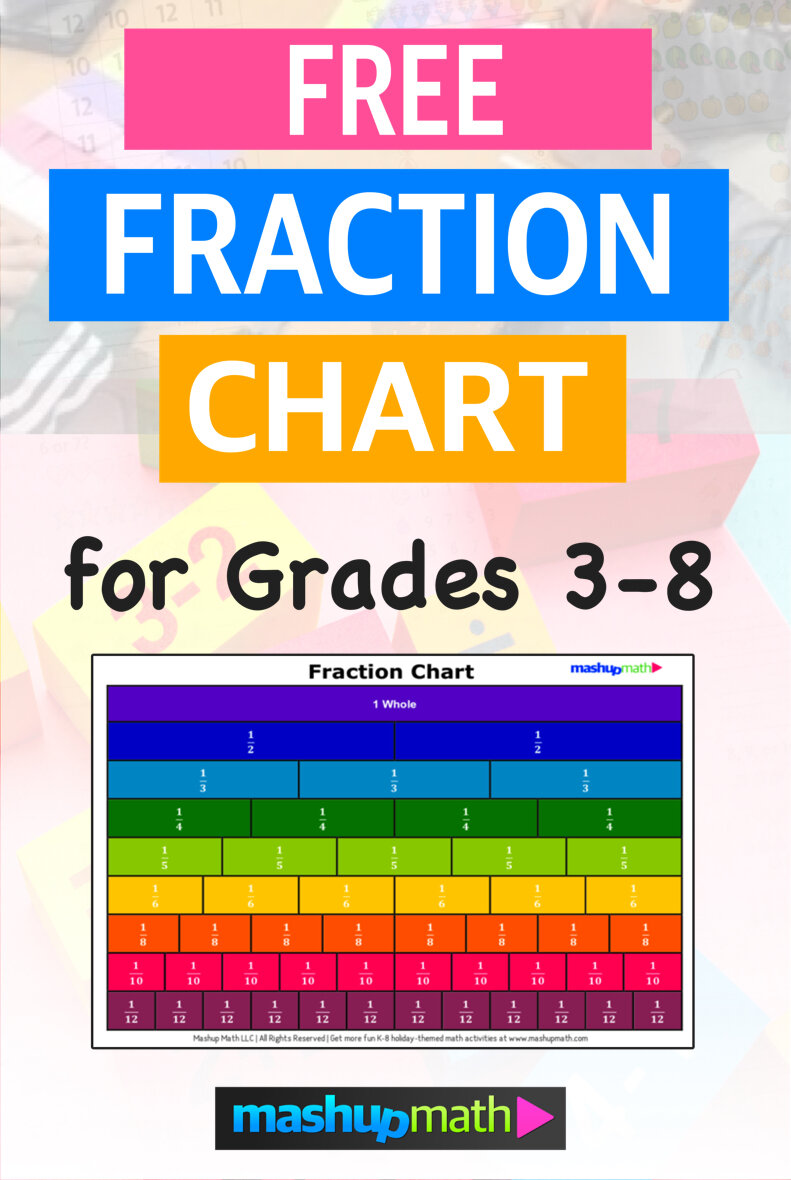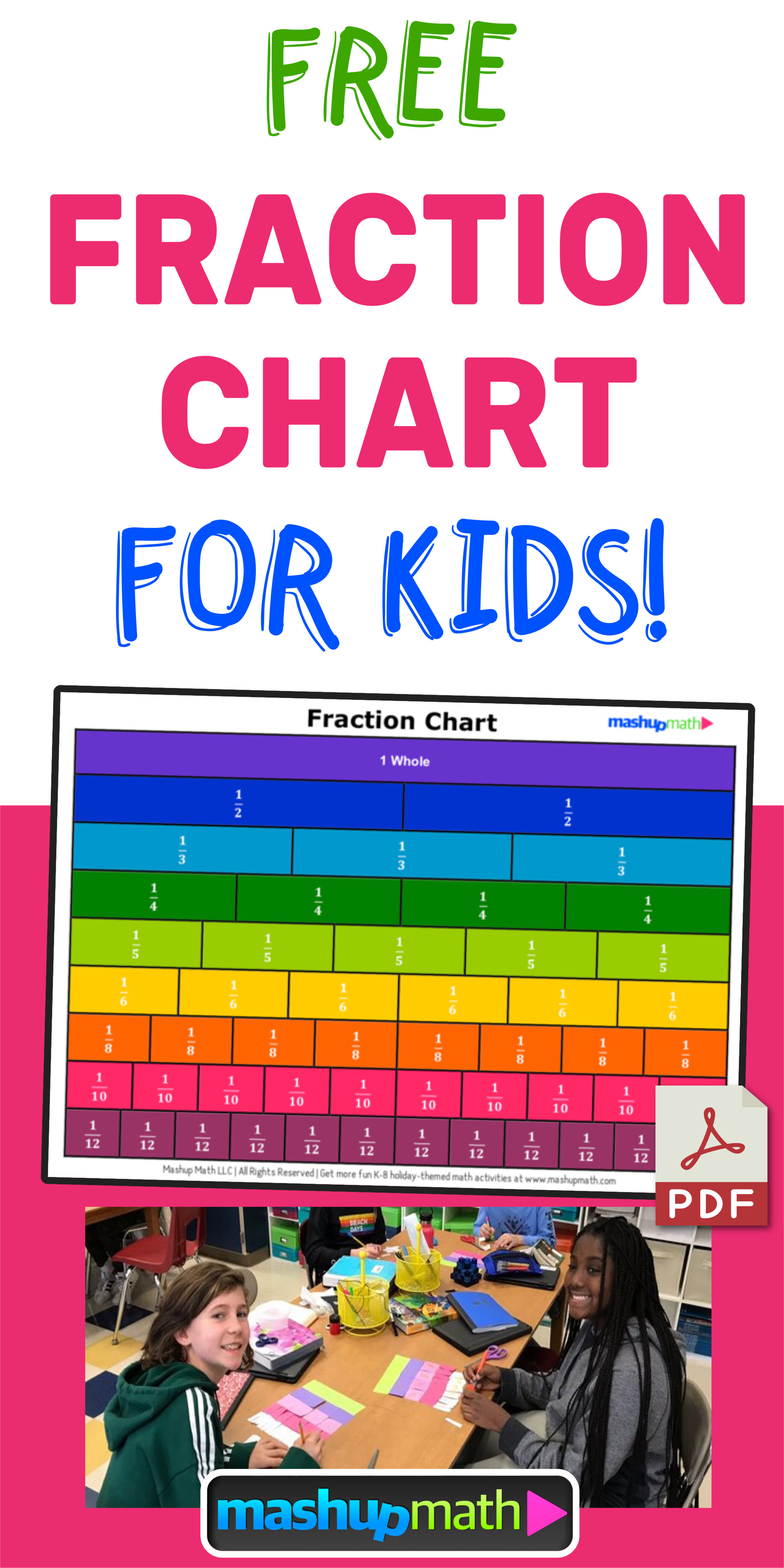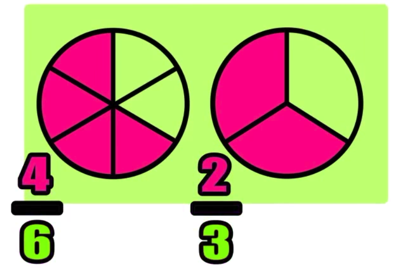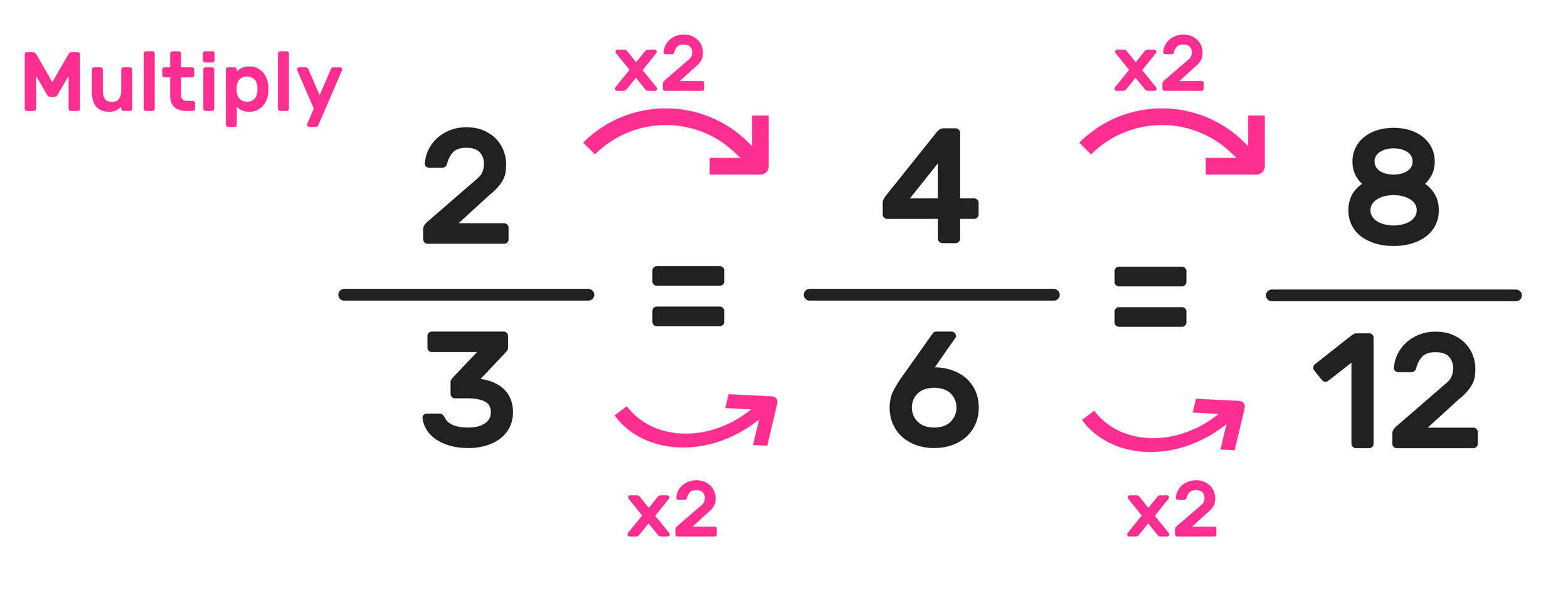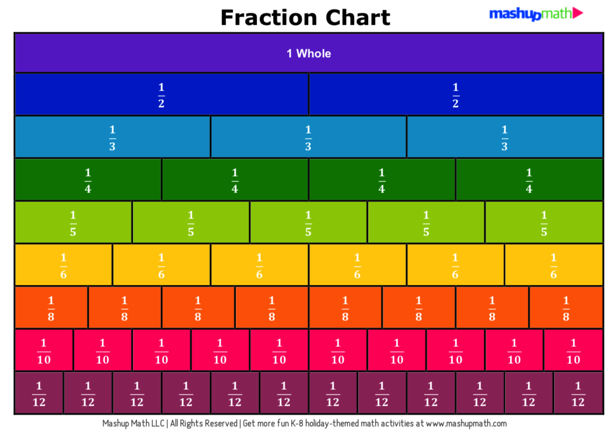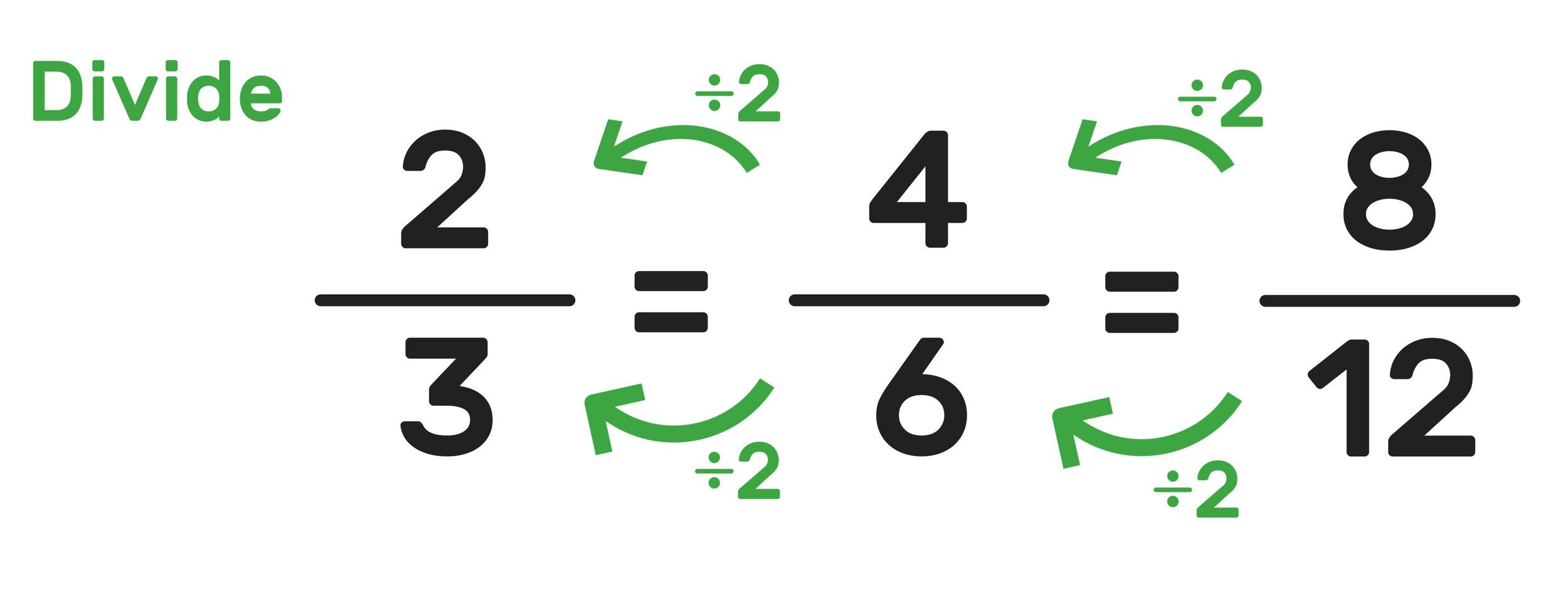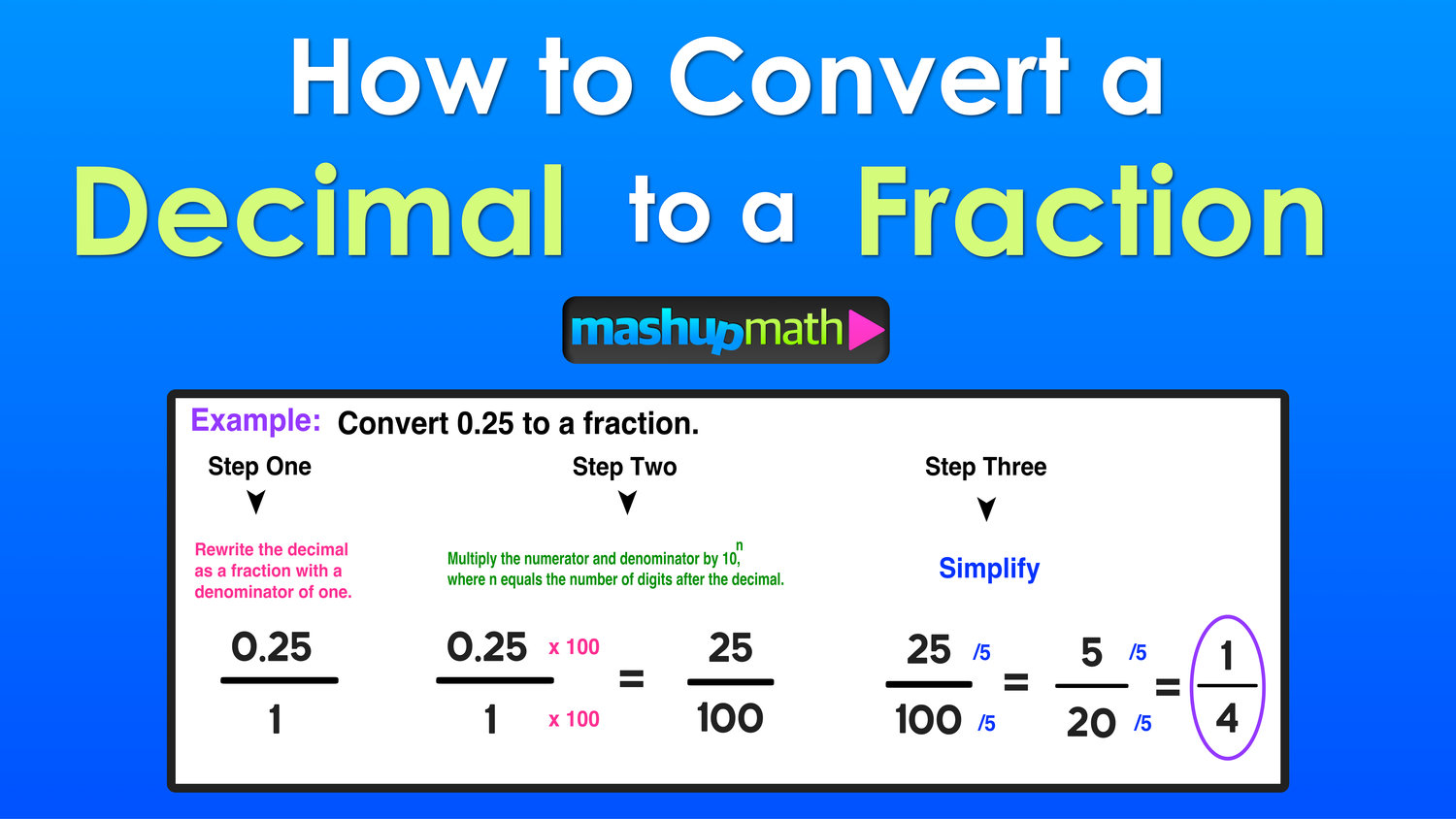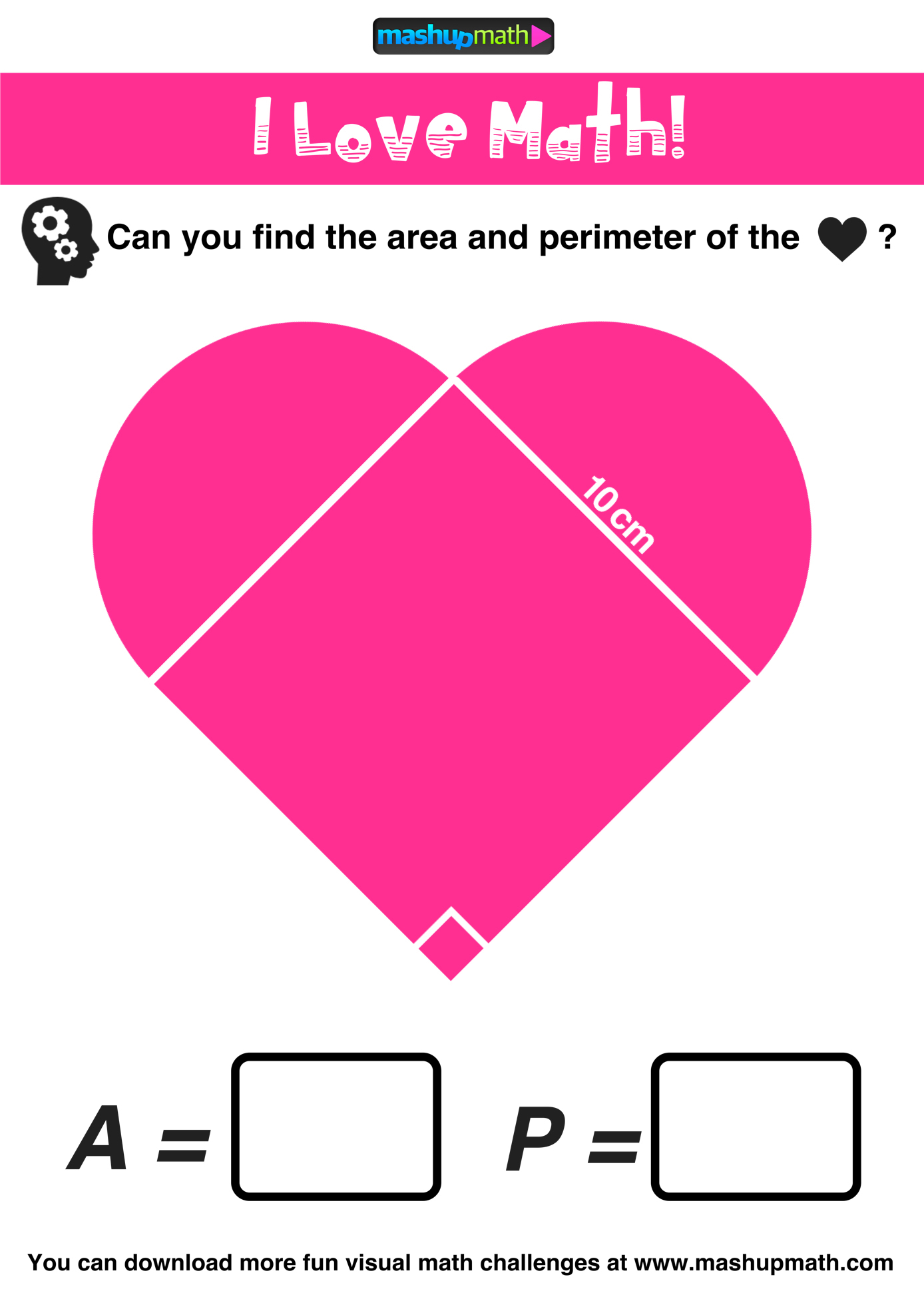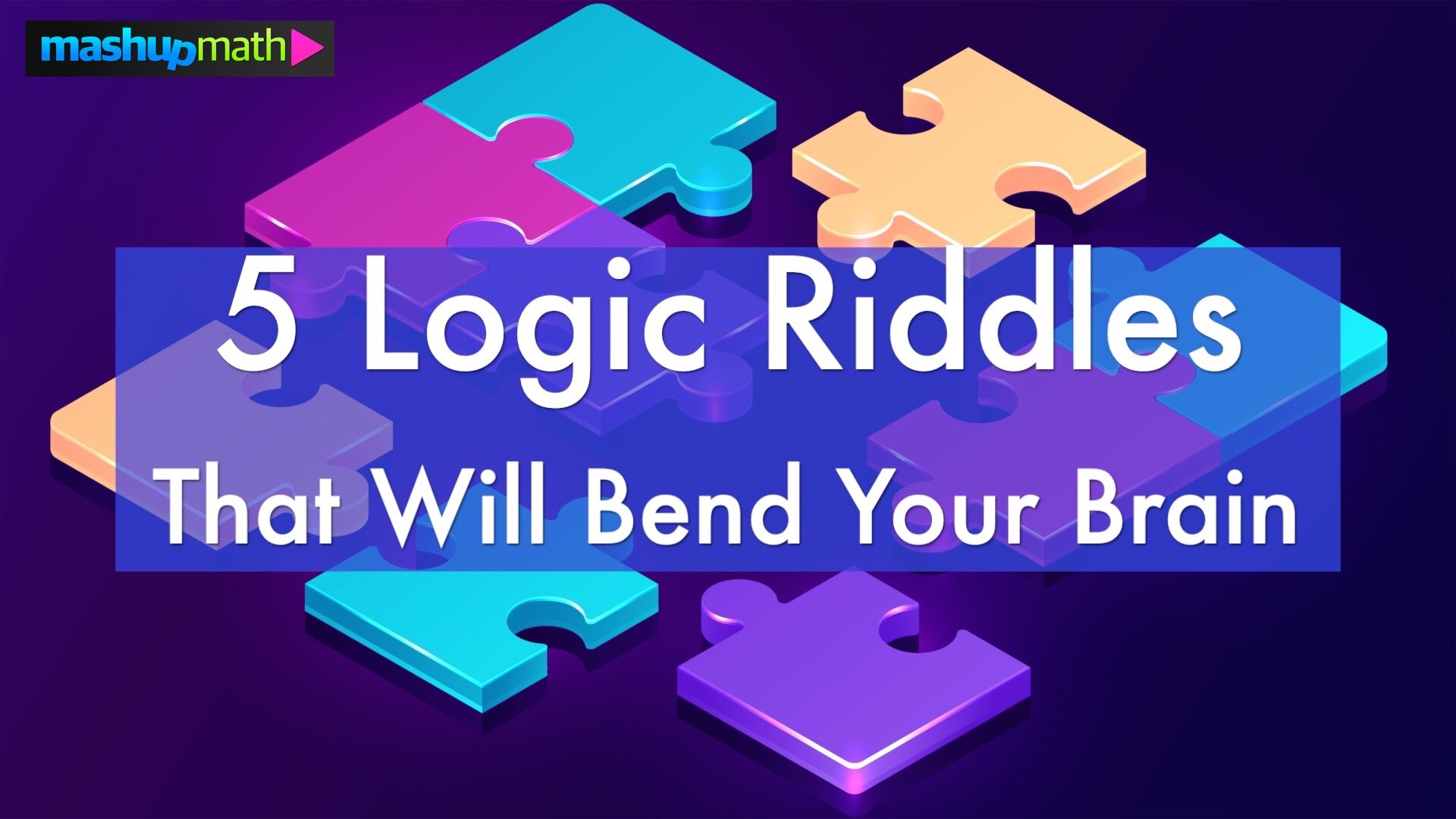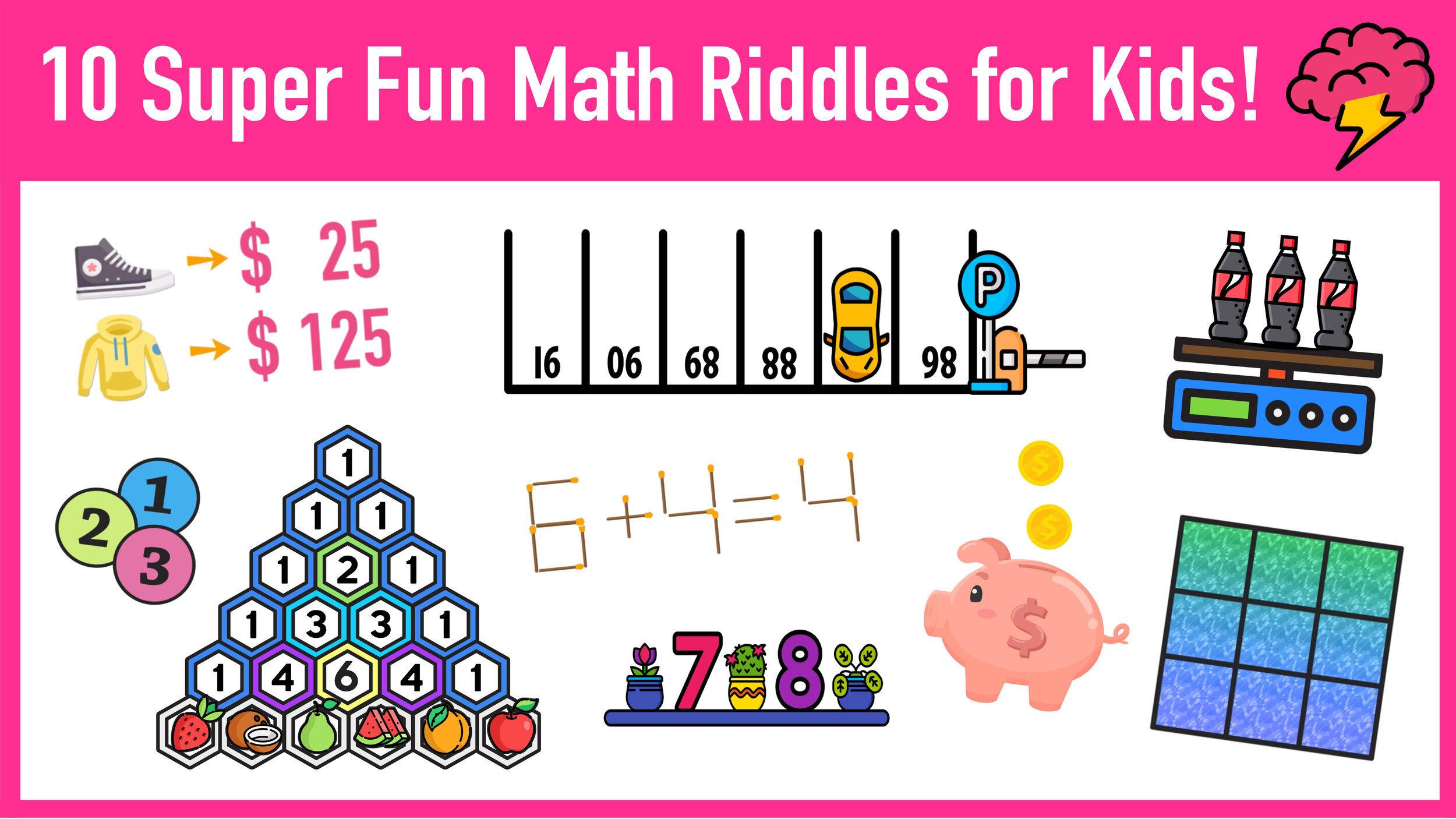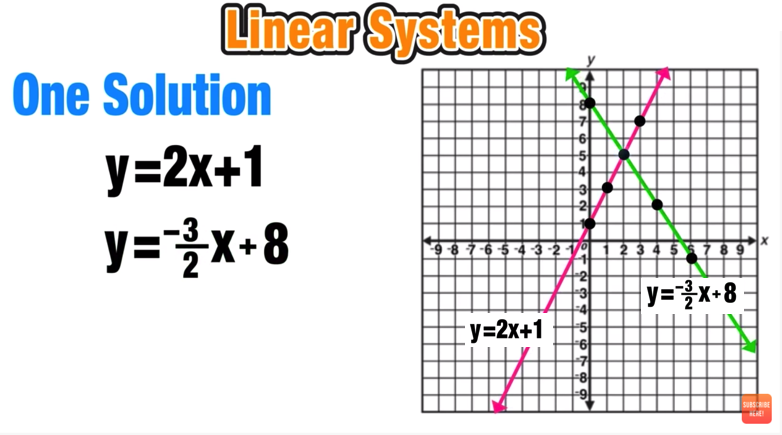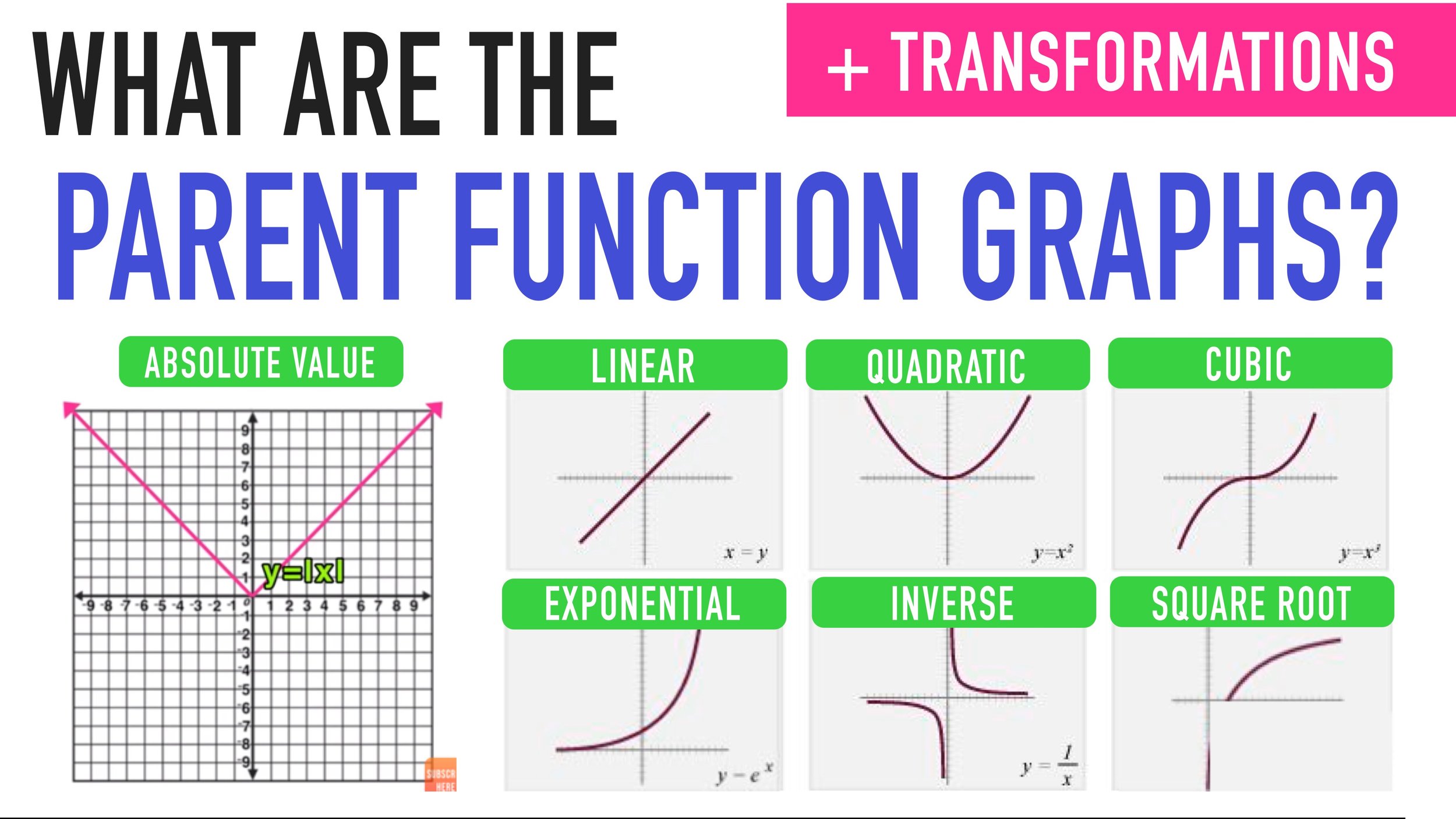Free PDF Fraction Chart (Equivalent Fractions)
Are you looking for a useful reference chart for comparing and identify equivalent fractions?
If so, click the link below to download your free fraction chart as an easy to share and print pdf file.
Need extra practice or help working with Equivalent Fractions? Check out this free Equivalent Fractions Explained! lesson guide.
Free PDF Fraction Chart!
Activity Idea: Fraction Kits
Are you looking for strategies to help your kids understand equivalent fractions this school year?
Creating fraction kits is a great way to get your kids exploring equivalent fractions and acquiring a deep, conceptual understanding of the topic.
Click here to learn more about this activity and to see a video tutorial!
Fraction Chart Uses
You can use the above fraction chart as a quick reference for comparing fractions and identifying equivalent fractions.
You can also use the chart to help you with adding and subtracting fractions!
We recommend printing out the chart (preferably in color and having it close by whenever you are learning about or working on problems involving fractions.
More Free Fractions Resources and Lessons:
Share your ideas, questions, and comments below!
(Never miss a Mashup Math blog--click here to get our weekly newsletter!)
By Anthony Persico
Anthony is the content crafter and head educator for YouTube's MashUp Math . You can often find me happily developing animated math lessons to share on my YouTube channel . Or spending way too much time at the gym or playing on my phone.






